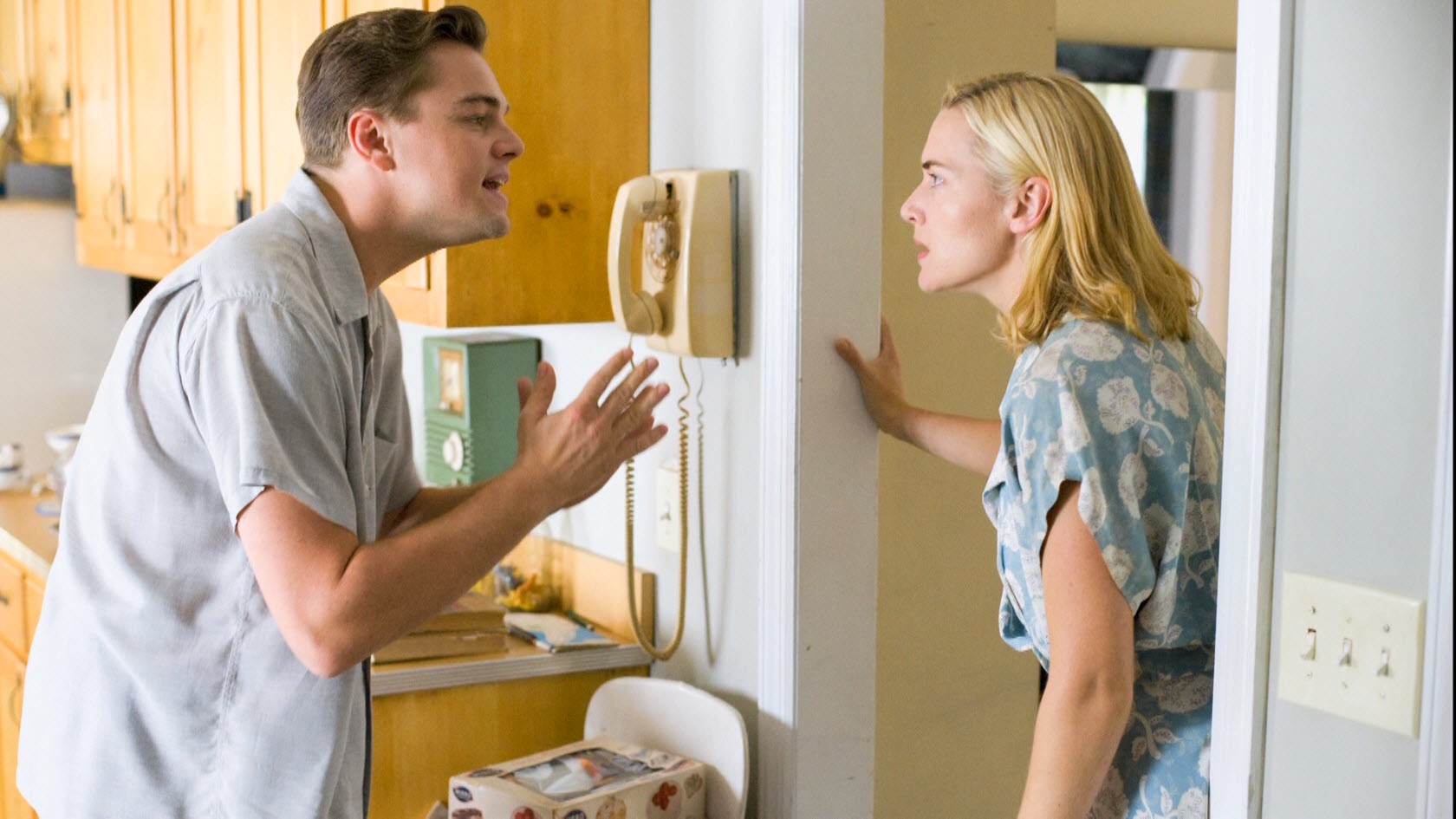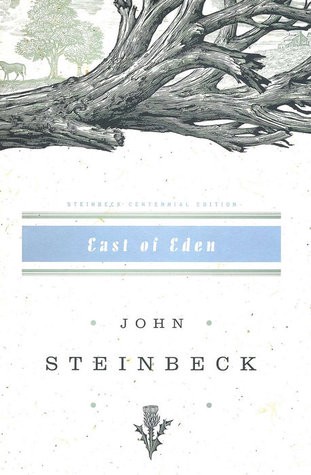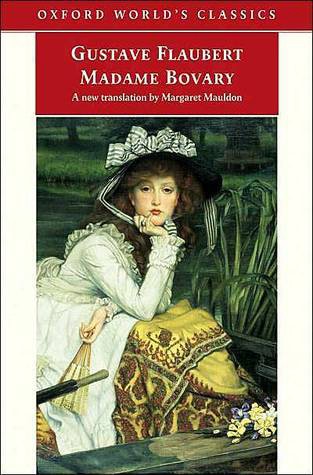Reading Lists
11 of the Worst Marriages in Literature
Mind games, lies, attempted murder. These marriages are literary train wrecks, and it’s hard to look away.

Ever since Oedipus and Jocasta, antiquity’s reigning train wreck of a union, “the bad marriage” has been one of literature’s most popular story lines. Novelists have covered the spectrum, from overtly abusive relationships to those that hum with a subtle tension until the marriage suffocates and ultimately expires. To borrow a sentiment from Tolstoy, a man who was well acquainted with marital misery both in his private life and in his fiction, unhappy marriages are all unhappy in their own way.
It’s a powerful tool. Experiencing writer’s block? Join two people at the alter and then watch them break down. I’ve used this tactic before and I’ll admit there is a gruesome delight in finding unique ways to implode a marriage. This fascination must be the flip side of our obsession with happy endings and love stories, a cousin to watching horror films where you know everyone’s about to get killed but you’re still eager to find out how.
Given the popularity of the genre, trimming down this list to just eleven bad marriages was difficult. Some pairs (including Tolstoy’s own Anna and Count Karenin) are no less damaged for not having made the cut.
1. Frank and April Wheeler in Revolutionary Road
Mad Men explored the disconnect between the utopia promised to midcentury suburbanites and the reality of their despair, but the show owes its template to Yate’s 1962 novel. This National Book Award finalist follows the dissolution of Frank and April Wheeler’s marriage, which gradually erodes from glossy Connecticut placidity to pure devastation. Over the course of the book, the couple’s dreams — of fulfilling jobs, moving to Paris, or simply having a life filled with passion — remain ever out of reach. In short, this novel isn’t just about a failing marriage, it’s the OG portrait of the failure of the midcentury American Dream.
2. Mr. Rochester and Antoinette in Wide Sargasso Sea
In her now-classic 1966 novel, Rhys imagines the backstory of the “mad woman in the attic” from another great novel, Jane Eyre, and in doing so crafted an important portrait of colonialism, race, and the cruel ways in which marriage has often been a form of female oppression. Antoinette Cosway is a poor white woman living in Jamaica when she is married off to a wealthy Englishman. Mr. Rochester is hardly the dreamboat that Jane sees him as — he renames his new wife Bertha, which is humiliating enough, but after he brings her back to England, he realizes that he doesn’t love her or her strange, colonial ways, and locks her in a room in his attic. Far from home and hopelessly isolated, Antoinette is driven mad and eventually kills herself.
3. Humbert Humbert and Charlotte Haze in Lolita
The focus of Nabokov’s novel is the pedophiliac relationship between Humbert Humbert and the young Lolita, but lest we forget, there is another truly terrible relationship in the novel: the one between Humbert and Lolita’s mother, Charlotte Haze. Humbert tricks the poor woman into marriage in order to get closer to her daughter, so when Charlotte considers sending Lolita to boarding school, Humbert gets so upset he considers murdering his new wife. Mrs. Haze’s unreciprocated feelings are put to an end when she reads Humbert’s journal. As she runs out of the house, she’s hit by a car and killed. Humbert doesn’t even have the decency to tell Lolita the truth, and for a while Charlotte’s death is unknown to her daughter.
4. Tom and Daisy Buchanan in The Great Gatsby
The Buchanans are the kind of couple that you hope never invites you to dinner because watching them interact oscillates between awkward and upsetting. Tom is a philandering good old boy with little to offer in personality or values, but a lot to offer in money and status. Daisy’s mistake in marrying him might be overlooked once (she didn’t find out about his cheating until the deal was done and he was getting into car accidents with hotel maids) but when Gatsby reappears, loving her to bits and offering a way out of her situation, her decision to stay with Tom becomes inconceivable. The best you can say is that they deserve each other.
5. Cathy and Adam Trask in East of Eden
Steinbeck’s epic follows the two Trask brothers, one of whom makes the grievous mistake of marrying Cathy Ames, and both of whom make the mistake of sleeping with her. Cathy is a “malformed soul” who burnt down her parents house and worked in a whorehouse before landing on the Trask’s doorstep. Cheating on her husband with his brother is small potatoes for this gal, who hates being a wife and mother so much that she shoots her husband and flees the scene.
6. Emma and Charles Bovary in Madame Bovary
The Bovarys weren’t just unhappy, they were unhappy marriage pioneers. After the book was published in La Revue de Paris in 1856, Flaubert was put on trial for obscenity — a move which made the novel into an immediate bestseller. Emma endures a more subtle torture than many of these wives; she’s stuck in a loveless marriage and bored out of her mind. “Each smile hid a yawn of boredom, each joy a curse, each pleasure its own disgust; and the sweetest kisses only left on one’s lips a hopeless longing for a higher ecstasy.” To relieve the pain, she has affairs, racks up debts, and finally takes the only means of escape: suicide.
11 of the Most Disastrous Vacations in Literature
7. Amy and Nick Dunne in Gone Girl
Some marriages are dysfunctional and some are downright pathological, as in the case of Nick and Amy Dunne. The blame game is particularly convoluted here because each portrays the other as the crazy one — Nick describes Amy as an anti-social, cold hyper-perfectionist, while Amy casts Nick as a volatile, aggressive husband. Flynn’s trick makes us question who is behind Amy’s disappearance, though the real mystery is why they got married in the first place.
8. Anne Boleyn and Henry VIII in Bring Up The Bodies
The Wolf Hall series is based on the true history of King Henry VIII and his six wives, but Mantel uses her incredible language to bring alive the passion, emotional manipulations, and marital discord that led to the infamous beheading of Henry’s second wife, Anne Boleyn. Anne was educated in France — in arts that would prove more useful than dancing — and she elaborately seduces the narcissistic, lustful king. But the hottest relationships often burn out the hardest, and the King’s mind quickly changes from history-changing desire to epic jealousy, a fact made more unbearable by Anne’s inability to give him a son.
9. Ammu and Baba in The God of Small Things
Arundhati Roy’s Booker Prize-winning novel is filled with broken marriages, but the worst is between Ammu and Baba, whose marriage of convenience takes a dark turn. After they marry, Ammu is surprised to learn that Baba is a chronic liar and severe alcoholic. When Baba loses his job, his boss offers to keep him on if he can sleep with Ammu, a trade that Baba accepts immediately. When Ammu doesn’t agree to be traded for sex, Babu beats her up. She manages to leave him — though as Roy shows, in her situation, it’s not good to be a divorced woman, even an innocent one.
10. Harry “Rabbit” and Janice Angstrom in Rabbit, Run
The Angstroms are both terrible people, spouses, and parents. Rabbit peaked as a basketball star in high school and is still hung up on his subsequent decline. This streak of self-pity leads him to leave his pregnant wife, Janice, and move in with a prostitute. Janice doesn’t exactly handle this with aplomb, and she drinks herself into a stupor that leads to the accidental drowning of their newborn daughter in the bath. The Angstroms are off-and-on-again throughout the book, though when they finally end up together, it feels like punishment rather than relief.
11. Lila and Stefano in My Brilliant Friend
The first book of Ferrante’s Neapolitan series concludes with Lila’s wedding to Stefano Carracci, heir to the local grocery store and son of Don Achille, the man who terrified Lila and Elena as children. Though Lila isn’t exactly the model wife (who would be, at sixteen?), she’s caught off guard by how terrible Stefano is as a husband. The young man who wooed her changes almost overnight into a husband who beats and belittles her. Those sad but somewhat common social norms are eclipsed by something Lila can truly never forgive — Stefano does deals with the gangster brothers who have make it their M.O. to ruin her life.



















